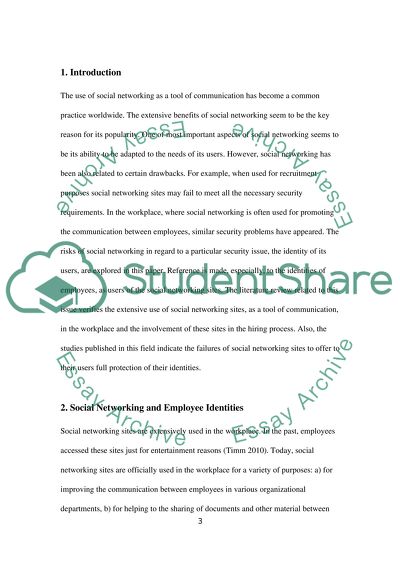Cite this document
(Design and Operational Rules of Social Networking Literature review, n.d.)
Design and Operational Rules of Social Networking Literature review. Retrieved from https://studentshare.org/information-technology/1403986-working-with-identity
Design and Operational Rules of Social Networking Literature review. Retrieved from https://studentshare.org/information-technology/1403986-working-with-identity
(Design and Operational Rules of Social Networking Literature Review)
Design and Operational Rules of Social Networking Literature Review. https://studentshare.org/information-technology/1403986-working-with-identity.
Design and Operational Rules of Social Networking Literature Review. https://studentshare.org/information-technology/1403986-working-with-identity.
“Design and Operational Rules of Social Networking Literature Review”, n.d. https://studentshare.org/information-technology/1403986-working-with-identity.


